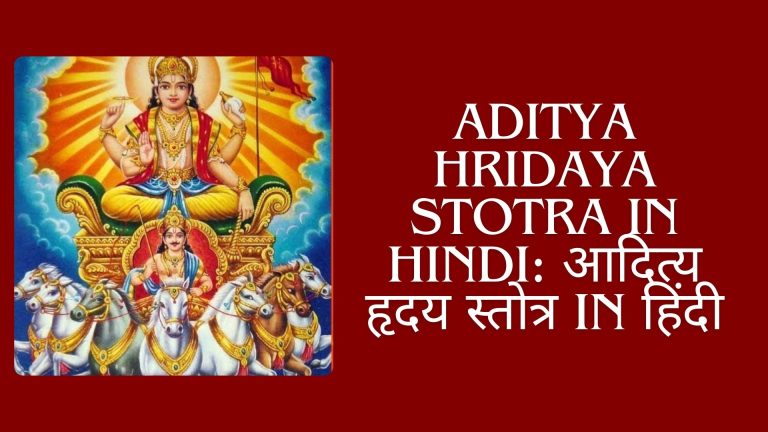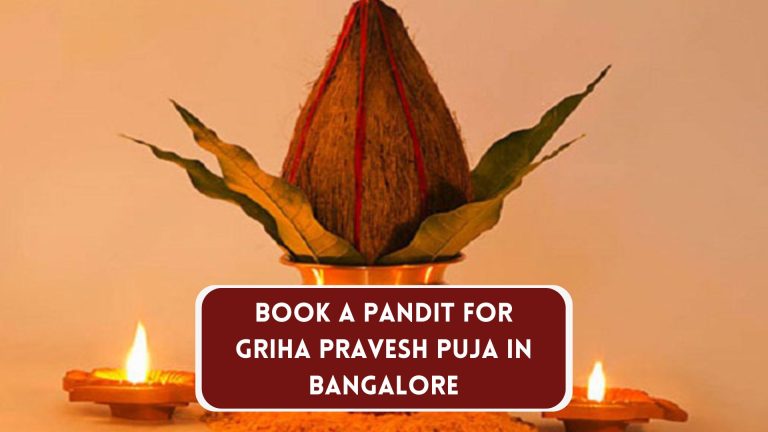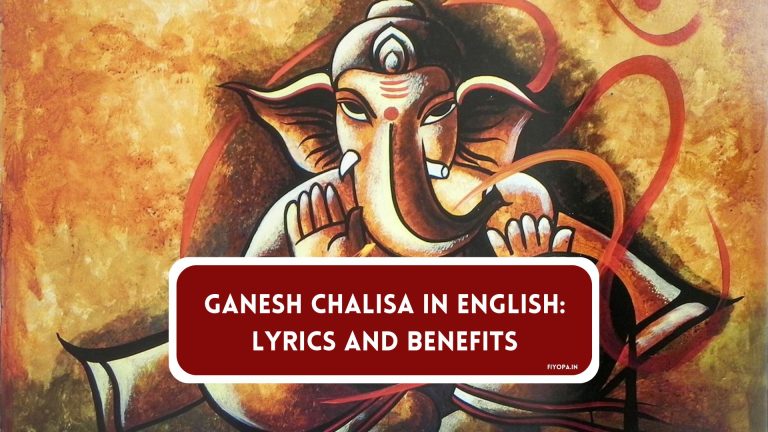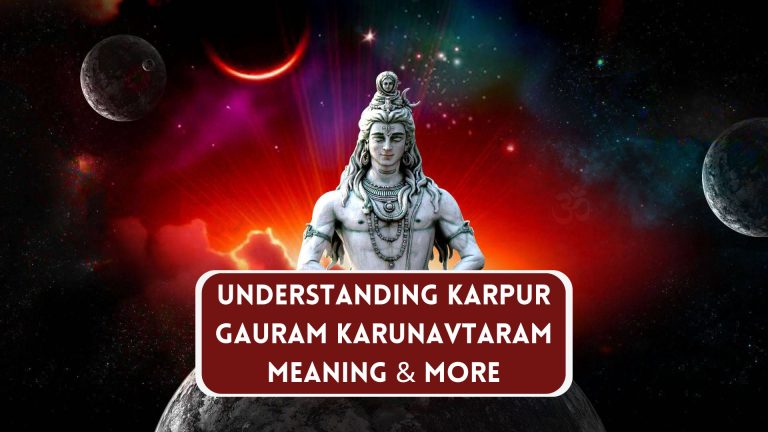Diwali 2024 Date, Time: Diwali is a widely celebrated Festival of Lights, symbolizing the victory of good over evil and light over darkness. For information on the date of Diwali in 2024, auspicious timings for pujas, and traditional customs, continue reading.
TABLE OF CONTENTS
When is Diwali in 2024?
Diwali, known as the Festival of Lights, will take place on Friday, November 1st, 2024, as per the Hindu lunisolar calendar. This date coincides with the Amavasya, the new moon, in the Kartik month. Diwali’s date varies slightly each year due to the lunar cycle, generally falling between mid-October and mid-November.
This year, Diwali will be a five-day celebration starting on October 29th and ending on November 3rd. During this time, expect to see homes adorned with diyas, enjoy delicious sweets, and partake in the customary exchange of gifts. Get ready to immerse yourself in the joyous traditions of Diwali.
What are the History & Significance of Diwali?
Diwali has a rich history with connections to specific legends and regions. In North India, it’s far in particular related to the epic Ramayana.

Diwali commemorates the return of Lord Rama, Sita, and Lakshmana to Ayodhya after a 14-12 months exile. The human beings of Ayodhya illuminated their path with diyas, representing the victory of good (Rama) over evil (Ravana).
One major significance of the festival is honoring Lakshmi, the goddess of prosperity. Homes are cleaned and decorated to welcome Lakshmi, with diyas lighting the manner for her blessings of wealth and fortune.
Diwali holds importance past conventional practices. In South India, it celebrates Lord Krishna’s overcoming the demon Narakasura. Jains mark it as the day Lord Mahavira achieved enlightenment. Sikhs view it as a duration of freedom, spotting Guru Hargobind’s launch from jail.
Diwali symbolizes issues of light overcoming darkness, awareness conquering lack of awareness, and goodness prevailing over evil. It is a time for spiritual contemplation, inner illumination, and the renewal of wishes and prosperity.
5-Days of Diwali 2024 Celebrations in India
Diwali is a traditional five-day festival celebrated in India with various rituals and traditions. Each day holds its own significance and is celebrated with joy and fervor.
Day 1: Dhanteras (October 29th, Tuesday)
Dhanteras is the start of the Diwali celebrations and is seen as a lucky day to buy new items like utensils and jewelry to symbolize prosperity. Many people visit markets to purchase metals such as gold and silver in the belief that it will bring good luck.
Day 2: Choti Diwali or Naraka Chaturdashi (October 31st, Thursday)
The second day of Diwlai is called Choti Diwlai or Naraka Chaturdashi. Homes are cleaned to welcome Goddess Lakshmi. A special puja is performed in the evening to ward off evil spirits. People also apply oil on their bodies and take a ritual bath before sunrise for purification.
Day 3: Diwali or Lakshmi Puja (November 1st, Friday)
The most significant day of Diwali is Lakshmi Puja, which is on November 1st this year. On this day, people worship Goddess Lakshmi, the deity of wealth and prosperity. Homes are adorned with diyas and rangolis, and people wear new clothes. In the evening, there is a grand puja where delicious sweets are prepared and shared. Fireworks light up the night sky, adding to the festive atmosphere.
Day 4: Govardhan Puja or Padwa (November 2nd, Saturday)
The fourth day of Diwali is celebrated as Govardhan Puja in North India and Padwa in Maharashtra. Govardhan Puja honors Lord Krishna’s lifting Mount Govardhan to protect the people in Vrindavan from Indra’s anger. In Maharashtra, Padwa is a celebration of marital happiness where couples exchange gifts and sweets.
Day 5: Bhai Dooj (November 3rd, Sunday)
Bhai Dooj is the final day of Diwali, a celebration that honors the unique bond between brothers and sisters. Sisters mark their brothers’ foreheads with tilak, wishing them good health and prosperity. In return, brothers give gifts and offer blessings to their sisters.
Diwali is a cultural festival in which families and communities unite to celebrate the victory of light over darkness through dazzling light displays, traditional rituals, and a sense of unity.
5-Days of Diwali 2024
| Day | Festival Date & Day |
|---|---|
| Day 1 | Dhanteras (October 29th, Tuesday) |
| Day 2 | Choti Diwali or Naraka Chaturdashi (October 31st, Thursday) |
| Day 3 | Diwali or Lakshmi Puja (November 1st, Friday) |
| Day 4 | Govardhan Puja or Padwa (November 2nd, Saturday) |
| Day 5 | Bhai Dooj (November 3rd, Sunday) |
Diwali 2024 Date & Muhurat Timings
Diwali, the Festival of Lights, is scheduled to take place on Friday, November 1st, 2024, which aligns with the Amavasya of the Kartik month within the Hindu lunisolar calendar.
| Event | Date | Time |
|---|---|---|
| Diwali Day | Friday, November 1st, 2024 | – |
| Amavasya Tithi Begins | October 31st, 2024 | 3:52 PM |
| Amavasya Tithi Ends | November 1st, 2024 | 6:16 PM |
| Lakshmi Puja Muhurat | ||
| Pradosh Kaal | November 1st, 2024 | 5:36 PM – 8:11 PM |
| Vrishabha Kaal | November 1st, 2024 | 6:20 PM – 8:15 PM |
How to do Diwali Puja in 2024?
A guide on how to perform Lakshmi Puja during Diwali in 2024 is available for those interested in the ceremony’s significance and rituals.

Before the Puja (Preparations):
- Cleanliness: Diwali is a time for fresh starts, so thoroughly clean your puja area and home a day or two before the puja.
- Puja Items: Gather the necessary puja items like a puja thali (plate), diyas (oil lamps), incense sticks, flowers (especially lotus), fruits, sweets, roli (vermilion), rice, Kalash (pot), and murtis (idols) or pictures of Lord Ganesha and Goddess Lakshmi. Business owners can also include their account books.
- Muhurat: As mentioned earlier, Diwali falls on November 1st, 2024. The preferred puja timings are during Pradosh Kaal (between 5:36 PM and 8:11 PM) or Vrishabha Kaal (between 6:20 PM and 8:15 PM). You can consult a priest or use online resources for the exact timings in your location.
The Puja Ceremony:
- Setting Up: On the day of the puja, take a bath and wear clean clothes. Place the kalash filled with water and mango leaves on the puja thali. If using murtis, place Ganesha on the left and Lakshmi on the right.
- Sankalp (Resolution): Light an incense stick and mentally resolve to perform the puja with devotion and purity.
- Aasana (Offering Seat): Invite the deities by chanting mantras and offering them aasana (seat) on the puja thali with roli and rice.
- Panchamrut: Prepare Panchamruta, a sacred mixture of milk, yogurt, ghee, honey, and sugar, and offer it to the deities.
- Archana (Offering): Offer flowers, fruits, sweets, and other items to the deities. Chant mantras dedicated to Ganesha and Lakshmi seeking their blessings.
- Aarti: Perform aarti (offering of light) by circling lit diyas around the murtis or pictures.
- Prayer: Conclude the puja with prayers for prosperity, good fortune, and well-being.
Symbols of Deepavali
Deepavali, also known as Diwali, is a festival that is rich in symbolism, with key symbols associated with the celebration:
- Diya: The most prominent symbol of Deepavali is the diya, a small clay lamp filled with oil and a cotton wick. These lamps are lit all over homes, temples, and public spaces, signifying the triumph of light over darkness, good over evil, and knowledge over ignorance.
- Rangoli: Colorful and intricate rangolis, floor patterns made from dry powders and colorful rice, adorn entrances of homes during Deepavali. They are believed to welcome Goddess Lakshmi, the goddess of prosperity, and bring good luck.
- Fireworks: Dazzling displays of fireworks illuminate the night sky during Deepavali. They symbolize the banishing of negativity and evil spirits, leaving behind a brighter and more prosperous future.
- Sweets: Deepavali is a time for indulging in delicious sweet treats. These sweets, like ladoos and barfis, represent sweetness in life and the hope for a prosperous year ahead.
- Bindi/Pottu: The red dot worn on the forehead by women, known as bindi in North India and pottu in the South, signifies auspiciousness and is especially prominent during Deepavali.
- Mehndi (Henna): The intricate henna designs applied on hands and feet during Deepavali are decorative and believed to bring good luck and blessings.
- Peacock Feather: The peacock feather is associated with Lord Krishna and Kartikeya, symbolizing protection, victory, and spiritual progress.
- Mango Leaves: Mango leaves, placed on doorways and puja plates, signify new beginnings, growth, and prosperity.
These symbols come together to create the unique and joyous atmosphere of Deepavali, a festival that celebrates the light within and the hope for a brighter future.
Diwali 2024 will be celebrated throughout India.
Diwali is a pan-Indian festival that will be widely celebrated across the country in 2024. Although the core traditions remain the same, there may be slight variations in specific customs and puja rituals depending on the region.
- South India: In South India, Diwali commemorates Lord Krishna’s victory over the demon Narakasura.
- Maharashtra: Maharashtra celebrates the fourth day of Diwali as Padwa, focusing on marital bliss and couples exchanging gifts.
- Gujarat: Diwali festivities in Gujarat begin a couple of days earlier than other parts of India and culminate on Labh Panchami, which signifies good fortune and business success.
Conclusion:
Diwali 2024, set for Friday, November 1st, is a festive party of light triumphing over darkness and appropriate winning over evil. This Festival of Lights is culturally and spiritually big for tens of millions across the globe. Diwali rituals are wealthy in symbolism, with auspicious timings for pujas. Let’s join collectively to have a good time and bring light into our houses, hearts, and groups, embracing the spirit of wish, prosperity, and renewal that Diwali represents.
FAQs:
Ans: Diwali is on November 1st, 2024, symbolizing victory over darkness and evil.
Ans: Diwali includes rituals like Lakshmi Puja, cleaning homes, and lighting diyas.
Ans: Diwali puja timings for 2024 are between 5:36 PM – 8:11 PM or 6:20 PM – 8:15 PM.
Related Read:- Dhanteras 2024: Date, Time, Puja Muhurat, and Significance







